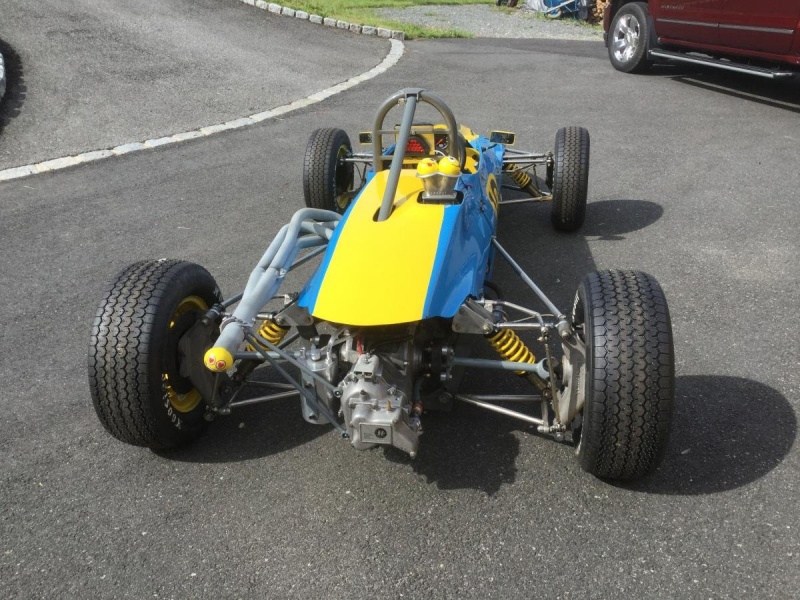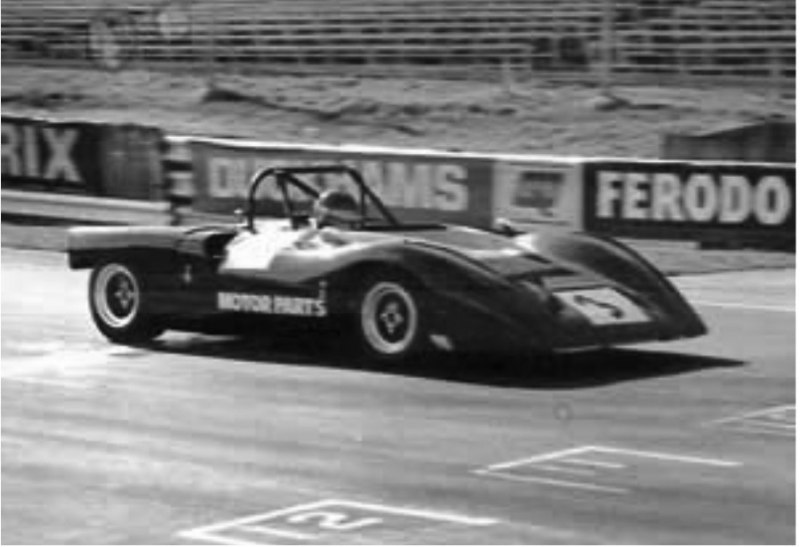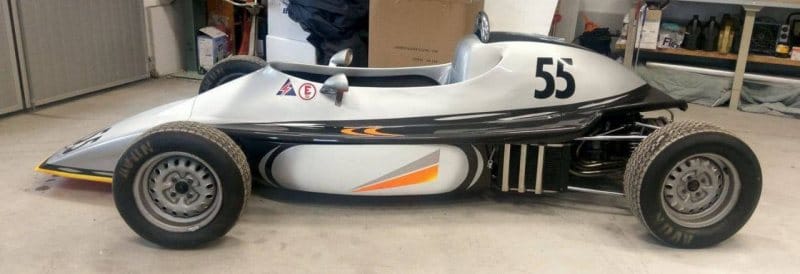The Elden Story
Restart
With a few items salvaged from the official receiver, the company refused to die and set about its own revival. This was not helped at all when Peter Hampsheir’s job caused him to be relocated to Zambia.
Between 1974 and 1977 a further 17 cars were built with the designations Mk17, 18 & 19 before control of Elden transferred to Howard Drake. Brian, no longer part of Elden formed a partnership with Alan Weller – and produced the Mk20, 21, 22 and 23 models under the Saracen name. All were designed by Peter Hampsheir. Production numbers were always small with a combined total of 15 cars produced.
Howard Drake tried to revive Elden with two of his own designs, and produced 7 cars with the designations of Mk24 and Mk25 in 1980. He was not altogether happy with the arrangements at Elden and departed to set up his own company to produce Formula Ford cars under the Laser label. He had some successes. One event which could have cemented Howard’s fortunes occurred in 1985 when a prototype Laser HD86 driven by the late Peter Rogers was lying fourth in the final of the Formula Ford Festival at Brands until punted out by a young driver by the name of Mark Blundell. The final race order was Johnny Herbert, Jonathan Bancroft, Damon Hill followed by Mark Blundell.
In 1989 Elden was once again in the hands of the founders, Brian and Peter and alongside Brian’s sons, Tony and Graham, the company went on to design several models including the Mk29 Formula Renault, Mk27 Formula Ford 1600 & and Mk28 Formula Ford 2000 and an AC Cobra replica.
As ever the team struggled against some of the wealthier adversaries but some success came in all fields including a lap record at Donington in the Formula Renault category.
Elden lives on today with the historic and classic cars being raced by independent teams all over the world. See Current Racing for the different teams and championships you can find the cars competing in.




